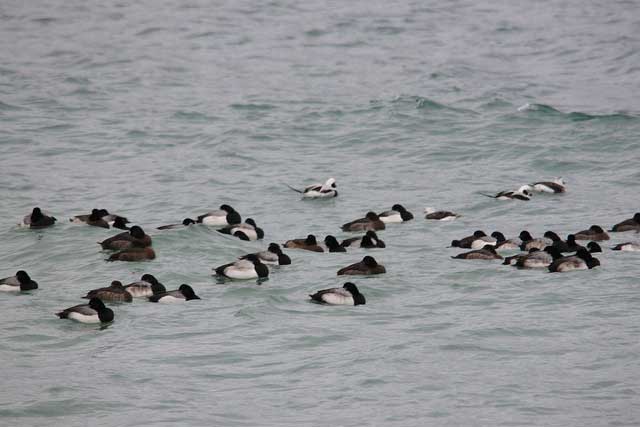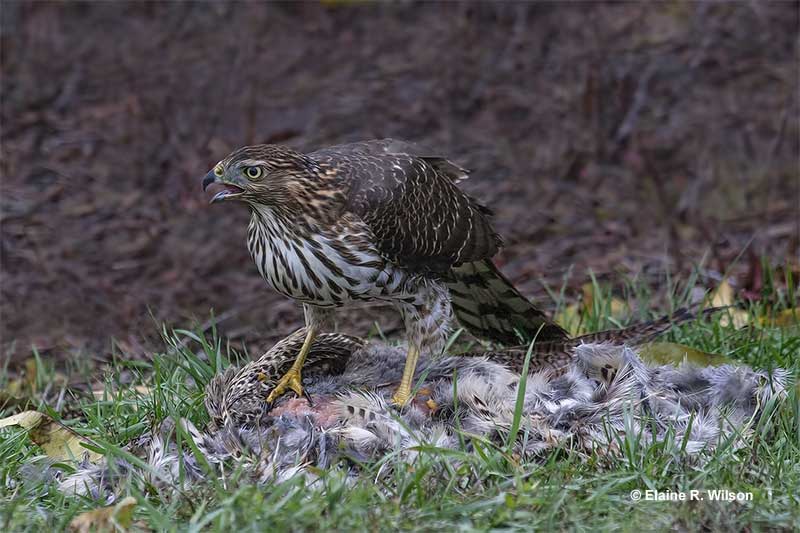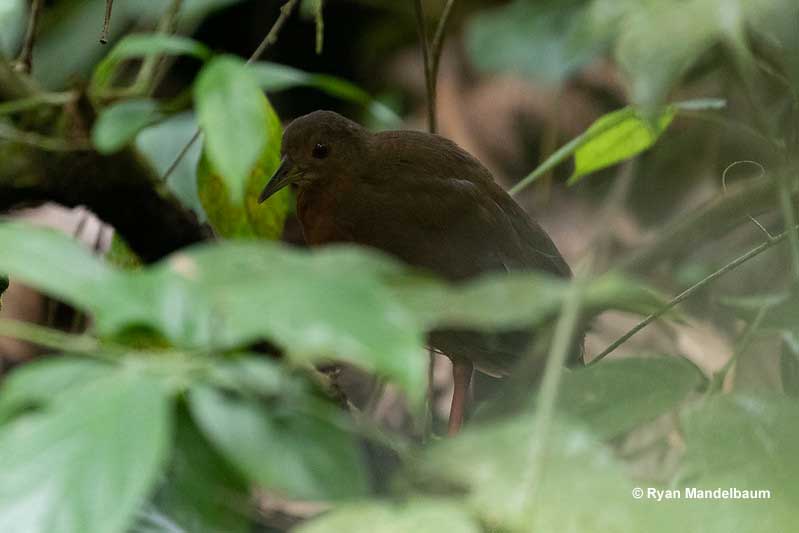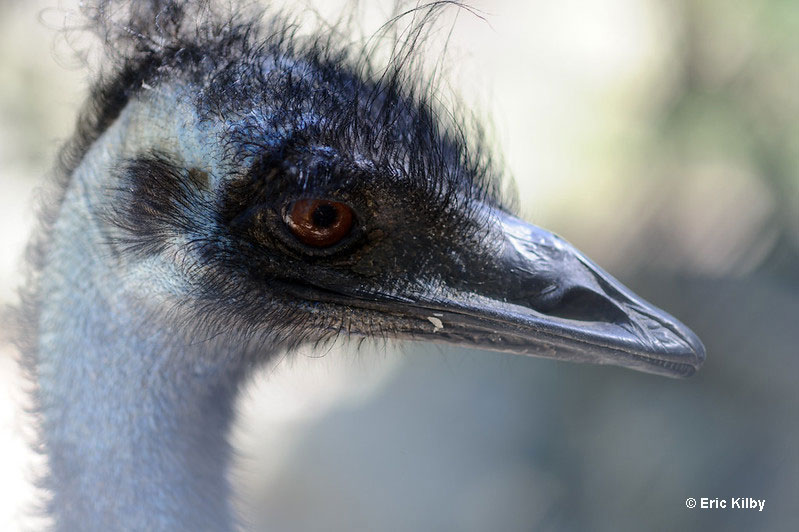With birds being active day and night, it’s easy to wonder when they sleep (or if they sleep at all!).
Mockingbirds sing all night long, we awake to quacking ducks and honking geese, and the peak of bird activity is at the break of dawn. When do birds sleep? How do they sleep, or do they just rest a few hours before going back to flying, singing, and looking for food?
The short answer is that yes, birds do sleep, but not all of them sleep at the same time, or in the same way.
Birds are complicated creatures. Some are only active at night, while others are active during the day. Some species are also awake in the daytime and then migrate at night.
In this article, we explore the fascinating and surprising sleeping habits of birds that live in our backyards and much further afield.
When Do Birds Sleep?
Sleeping time for a bird depends on when the bird is most active. Just as people working the night shift sleep during the day, nocturnal species like owls and nighthawks do the same. Before dawn, these and other birds of the night find a day roost where they can sleep safe and sound.
Diurnal birds like American Robins, Downy Woodpeckers, and Mourning Doves do just the opposite. Before sunset, these and other day-flying birds go to a safe roosting area. Once they get settled, unless they are disturbed, they sleep until just before dawn.
However, sleeping times for birds aren’t always that cut and dry. They can be complicated by other circumstances, especially migration.
During the breeding season, the Swainson’s Thrush is active and awake all day long and sleeps at night but when it migrates to and from South America, this thrush has a different sleeping schedule. To avoid being caught by falcons and hawks that hunt during the day, it migrates during the many dark hours of the night.
The only problem with that strategy is that night flying doesn’t leave any time for sleep. The Swainson’s Thrush resolves that issue by doing what we people do when we need extra rest; it takes naps, a lot of them. During migration, in daytime, this species (and probably many other nocturnal migrants) alternates between dozens of power naps and feeding.
During migration and on wintering grounds, some other birds don’t ever seem to get a good night’s sleep.
Shorebirds like Lesser Yellowlegs and Black-bellied Plovers might fly all day and night for a few days.
When they make a stop in a coastal wetland, they alternate napping and feeding both during the day and in the middle of the night.
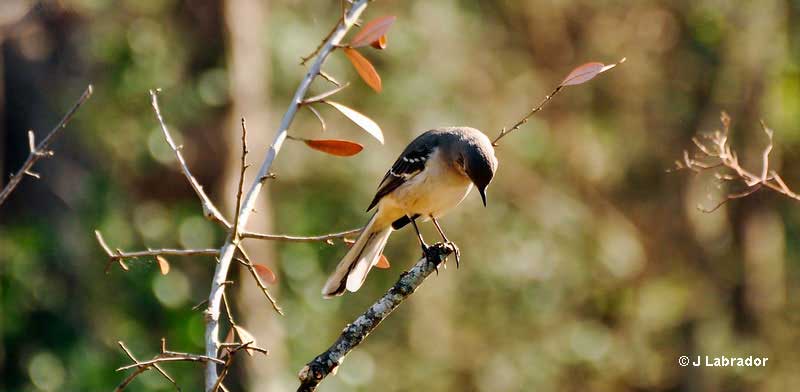
Different Sleeping Patterns
Birds do indeed sleep but not exactly the same way we get our rest. With their eyes closed and clearly sleeping, our pet parakeets and other birds don’t look that different from sleeping dogs and other mammals.
They are getting necessary rest and, if disturbed, quickly awake. They also sleep with cycles we have; Non-rapid Eye Movement sleep and Rapid Eye Movement sleep. Even so, the similarities stop there.
In birds, Non-rapid Eye Movement sleep only lasts two and a half minutes and Rapid Eye Movement sleep happens for just nine seconds. In people, we have Non-rapid Eye Movement-REM sleep cycles of 70 to 120 minutes. Another big difference is birds being able to sleep with half of their brain still awake.
Amazingly, birds can get sleep without having both of their eyes closed. This ability is known as “unihemispheric slow-wave sleep,” and although some other animals can also sleep like this, we humans can’t do it.
No known animals other than birds can control it either. Birds sleep like this so they can watch for predators and still get vital, deep rest.
The other main difference between sleeping birds and sleeping mammals is muscle tone. While mammals relax their muscles during sleep, birds generally do not. Like sleeping with half of their brain awake, this is another adaptation to quickly escape from predators hoping to catch an unwary bird.
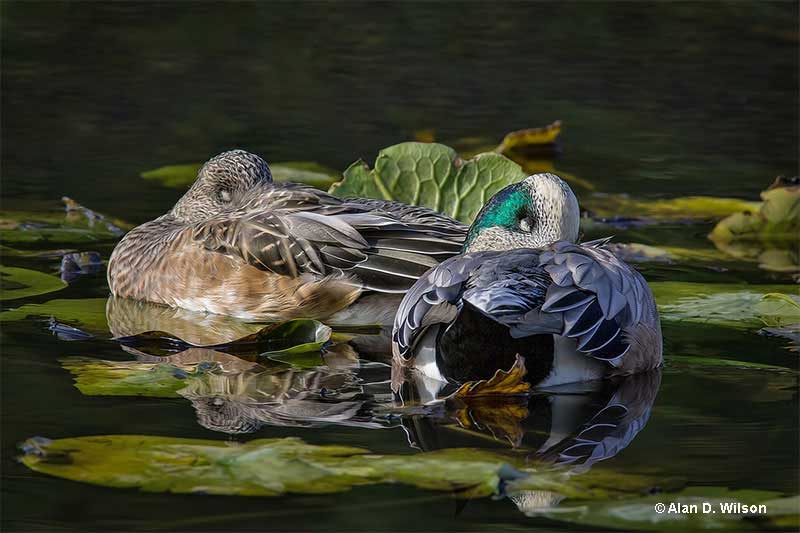
Fun Facts
- The Alpine Swift, other swifts, and some migrating birds can sleep while they fly.
- Large groups of wintering Long-eared Owls can sleep in dense conifer stands. Their mottled camouflage hides them surprisingly well.
- The tiny Hanging-Parrots of southern Asia and Indonesia sleep while hanging upside down.
- On tropical wintering grounds, large numbers of Scissor-tailed Flycatchers and other birds sleep in flooded mangrove forests for better protection from predators.
- On cold winter nights, American Goldfinches, ptarmigans, and some other birds stay warm by making a burrow in snow and sleeping in it.
- Pigeons sleep on flat, hard surfaces, usually on the ledges of buildings.
- Woodpeckers and Nuthatches stay warm and safe by sleeping in tree cavities.
Frequently Asked Questions
Do birds actually sleep at night?
Yes. Most diurnal bird species sleep for most or part of the night.
How do you know if a bird is sleeping?
A bird is sleeping when it is fluffed up and has at least one eye closed, or, if its head is tucked under one of the wings.
How many hours do birds sleep?
Most birds sleep for ten to twelve hours.
Do birds ever sleep during the day?
Yes. Owls and other nocturnal species sleep during the day. Migrating birds also take naps during the day.
Can birds fall while sleeping?
No, birds have specialized tendons to keep them from falling off branches while they sleep.
